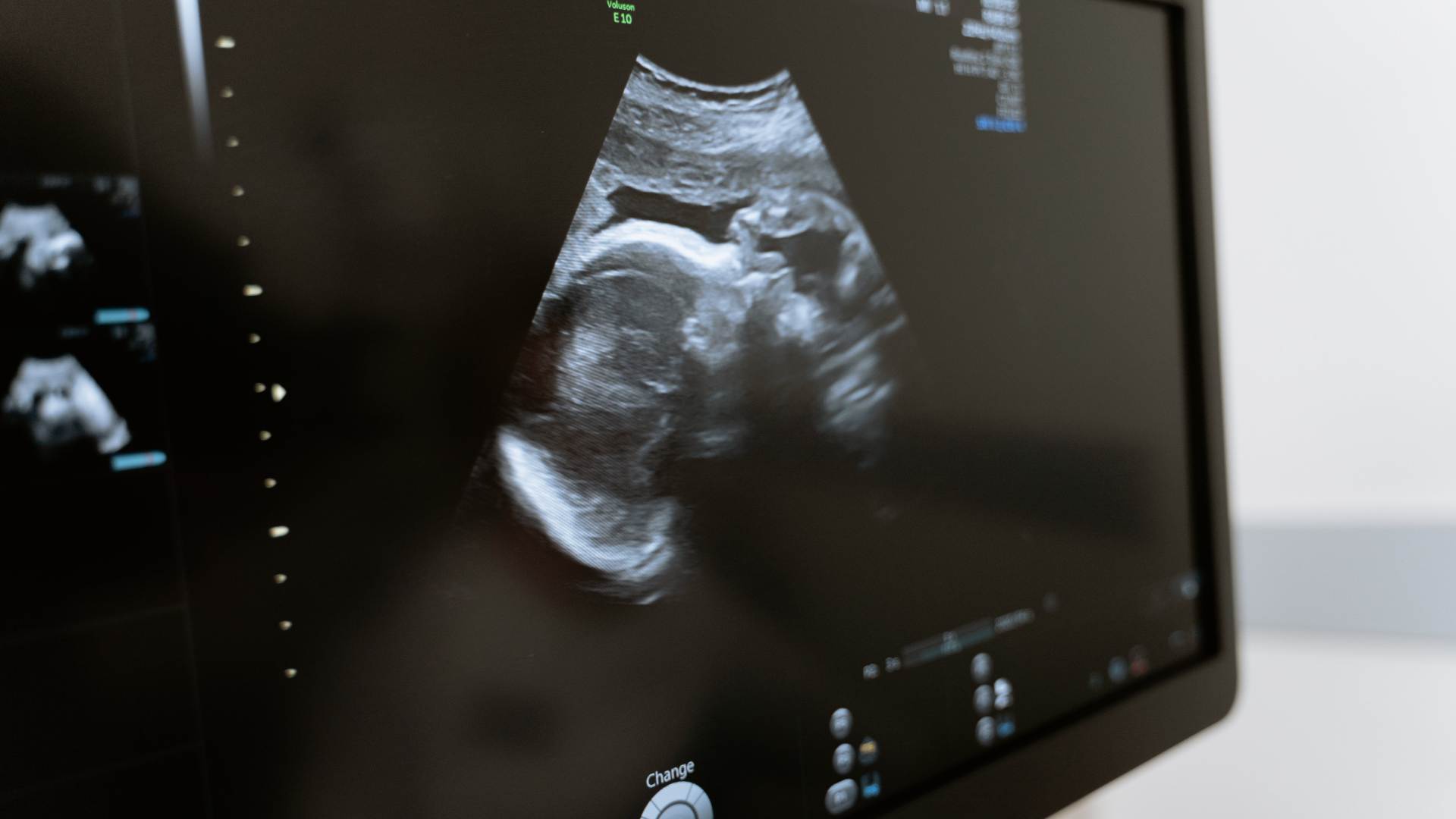This week, the CDC’s National Center for Health Statistics (NCHS) published an analysis of births, fertility, and pregnancy for the United States in 2023.
One alarming finding from the data showed that for the second year in a row, there was an increase in mothers receiving no prenatal care, an important safeguard to protect the health of the baby and the mother.
What is Prenatal Care?

Parental care is the term for a variety of health checks performed by a health care provider prior to giving birth.
These checks include things like physical exams, checking weight, urine tests, imaging, and blood tests.
Importance of Prenatal Care

According to the Office on Women’s Health, babies of mothers who do not receive prenatal care are three times more likely to have low birth weight and five times more likely to die compared to mothers who do.
Statistics also show women who do not receive prenatal care are three to four times more likely to die from childbirth complications than those who do.
NCHS Analysis

The NCHS released a data brief this week analyzing key trends from the 2023 data on births in the United States.
This analysis found that the general fertility rate in the United States decreased from 2022 to 2023, birth rates for females between 15-19 continued to decline, and there was a continued increase in the percentage of mothers receiving no prenatal care.
Prenatal Data

According to the data, the percentage of mothers who received no prenatal care increased by 5% in 2023, which followed a similar 5% increase that occurred in 2022.
This also marked the second year in a row that prenatal care in the first trimester declined, falling by 1% in 2023 and 2% in 2022.
Trimester Comparison

However, while the percentage of mothers getting prenatal care in the first trimester fell, those getting care in the second and third trimesters increased.
Second-trimester care increased by 4% in 2023, and third-trimester care increased by 2% during that same time. However, these increases in later trimester care weren’t enough to offset the overall decline.
What is Driving the Trend?

Some speculate that this overall increase in mothers not receiving prenatal care may reflect a changing reproductive landscape after the Supreme Court overturned Roe v. Wade in 2022.
Last year a report by March of Dimes found that that almost 6 million women in the United States are living in areas with ”no or limited access to care” for pregnancy as hospitals in counties across the United States are closing their obstetric and maternity wards.
Access to Care

Experts feel that these numbers give credence to the idea that women’s healthcare resources have been falling by the wayside.
“In many counties, you can’t even find a prenatal care provider,” said Dr. Brenna Hughes, executive vice chair of the department of obstetrics and gynecology at Duke University in Durham, North Carolina. “If you have limited resources and have to travel to be able to access prenatal care, it is going to be a deterrent.”
Unfair Distribution

Women’s health advocates decry what they see as an unfair distribution of health resources across the country.
“A person’s ability to have a healthy pregnancy and healthy birth should not be dictated by where they live and their ability to access consistent, quality care but these reports shows that, today, these factors make it dangerous to be pregnant and give birth for millions of women in the United States,” said Dr. Elizabeth Cherot, March of Dimes President and Chief Executive Officer last year.
Problems For Women

Dr. Kathryn Lindley, a cardio-obstetrician at Vanderbilt University Medical Center in Nashville, Tennessee, told NBC about the real risks that women will increasingly face without proper care.
“High blood pressure related to pregnancy can lead to serious illness or death by causing complications like strokes or seizures or heart attacks,” Lindley said. “It’s really important that all these things get identified and monitored to make sure that both the mom and the baby have a healthy outcome.”
Birth Rate Context

These figures come in the context of a continuing declining birth rate in the United States. Births were down 2% in 2023 from the previous year and the general fertility rate in the country decreased by 3%.
As of 2023, the general fertility rate in the United States was 54.5 births per 1,000 females, which constituted a record low.
Teen Pregnancy

One factor driving the decline in births is the falling rate of teen pregnancies. Pregnancies for those aged 15-19 fell by 4% in 2023 and 6% in 2022.
This decline coincides with an overall trend of women increasingly having children at older ages. Starting in 2015, the birth rate for women in their early 30s surpassed women in their late 20s. Births among women aged 40 and older have also been increasing in recent years.
